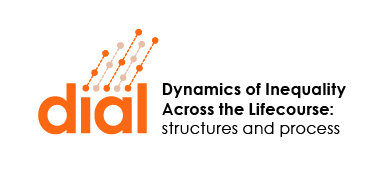This paper analyses the extent to which the 2016 election of Donald Trump—and his failed re-election bid in 2020 – are, as often claimed, linked to lower levels of community engagement in the United States and rising inequality. It suggests an alternative view might be more accurate and that the rise in votes for Trump was the result of long-term economic and population decline in areas with strong community engagement.
The researchers carried out an econometric analysis for US counties. This showed that long-term declines in employment and population (rather than in earnings, salaries, or wages) in relatively strongly engaged communities propelled Donald Trump to the presidency and almost secured his re-election.
By contrast, low community engagement and high levels of inequality were not connected to a surge in support for Trump.
The researchers also shows that the discontent at the base of Trump’s surge in electoral support was not simply a consequence of the 2008 crisis but had been brewing for a long time. Its roots can be traced to the economic decline starting in the 1970s.
They conclude that places in the US that remained cohesive but witnessed an enduring decline are probably more likely continue to support Trumpism or other forms of populism.
